The Baja SAE competition was held in Oshkosh, Wisconsin this year. If you are unfamiliar with Baja SAE, allow me to give a brief synopsis on the organization. Baja SAE is a collegiate design series competition that is held by the Society of Automotive Engineers (SAE) every year. The organization aims to expose students to different aspects of the engineering process along with learning how to work within a team environment. There are multiple events a year (three to be exact) and student teams from around the US and other countries are given the ability to compete in this event. Students are tasked with designing, manufacturing, and assembling a one-seater, off-road vehicle that can withstand the grueling courses set up by the judges of the competition (most of which are Baja SAE alumni). Each team has to complete and submit a business presentation, design presentation, and an extensive cost report. Students attending competition are also given the opportunity to network with sponsoring companies and have a chance to apply for internships or full-time positions.
This year was the first time since 2019 that the team has gone to competition. At the beginning of the fall 2022 semester, it was announced that teams would have to design vehicles with an all-wheel drive or four-wheel drive system. In previous years, Baja SAE had only required two driven wheels. Given the limited knowledge of an all-wheel drive system, the team decided it would be best to attend competition and gain an insight into the process other teams had taken to determine their designs.
Competition is set to take place throughout four days, each day consisting of different dynamic events with the final day holding the four-hour endurance race. The first day opens with registration and the business presentation. Teams are given a prompt where they have to pitch their vehicle design to a team of judges and explain why their design makes the most sense from an economic and manufacturing standpoint. Teams also have to go through engine and frame checks on the first day. Baja SAE rules dictate that the engine is the only component of the vehicle that is not allowed to be modified, therefore teams must complete an engine check at the start of competition to ensure they are compliant with rules. The first day also included a car show sponsored by Oshkosh Corporation, where they showed off the military vehicles that the company has designed and manufactured.
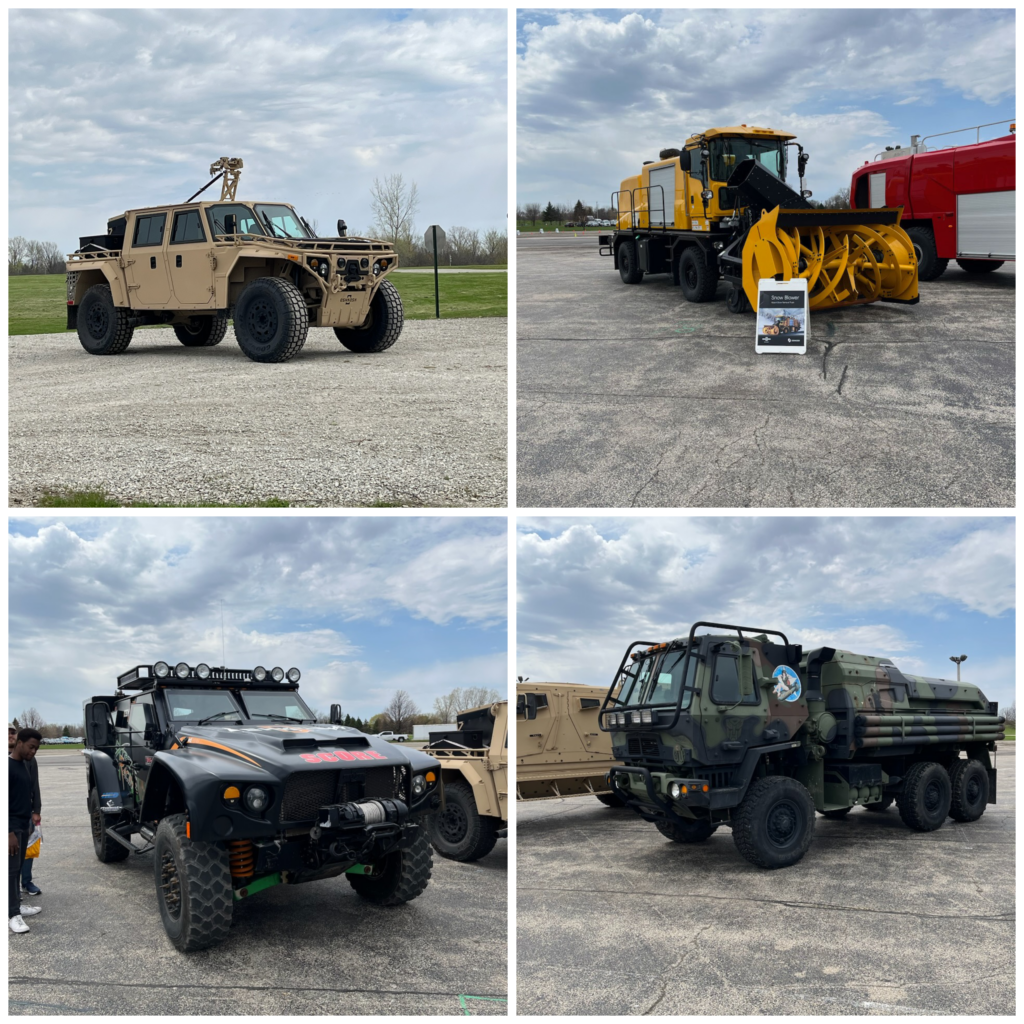
Day two introduces the first dynamic event of the competition (dynamic braking) along with the design judging, cost evaluation, tech inspection, and 4WD check. Teams are evaluated on their design choices during the design judging portion of the event. Tech inspection focuses on evaluating the vehicle overall and ensuring that it meets rules. Day three introduces the rest of the dynamic events. These include the maneuverability, acceleration, sled pull, and suspension events. The last day focuses solely on the endurance event. This is where all 100 teams line up their vehicles in grid form and drive around the track for four hours. The track itself is composed of different aspects of the dynamic events that took place the previous days. The team that completes the most laps around the track is the winner of the event. There is a fun statistic that I love to share with new teams members, which is that during the first few laps of the endurance race, about half of the teams on track would have experienced some form of damage to their vehicle. The track this year was extremely muddy due to weather, so most vehicles at some point found themselves stuck in the mud.
Overall, it was a great learning experience for our team to be a part of. Not only did we gain a valuable insight into the innerworkings of competition, but we were able to bond with our peers and developed a desire to succeed at competition in the following years to come.


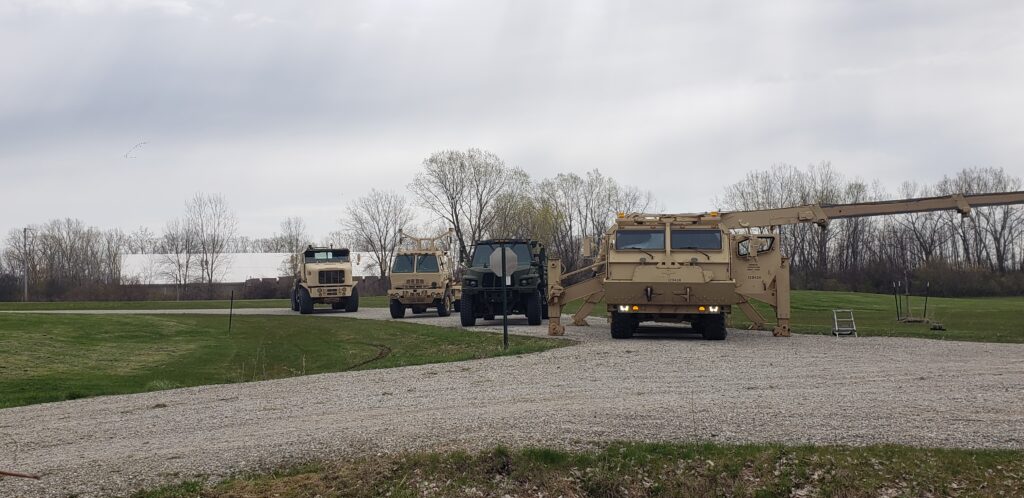
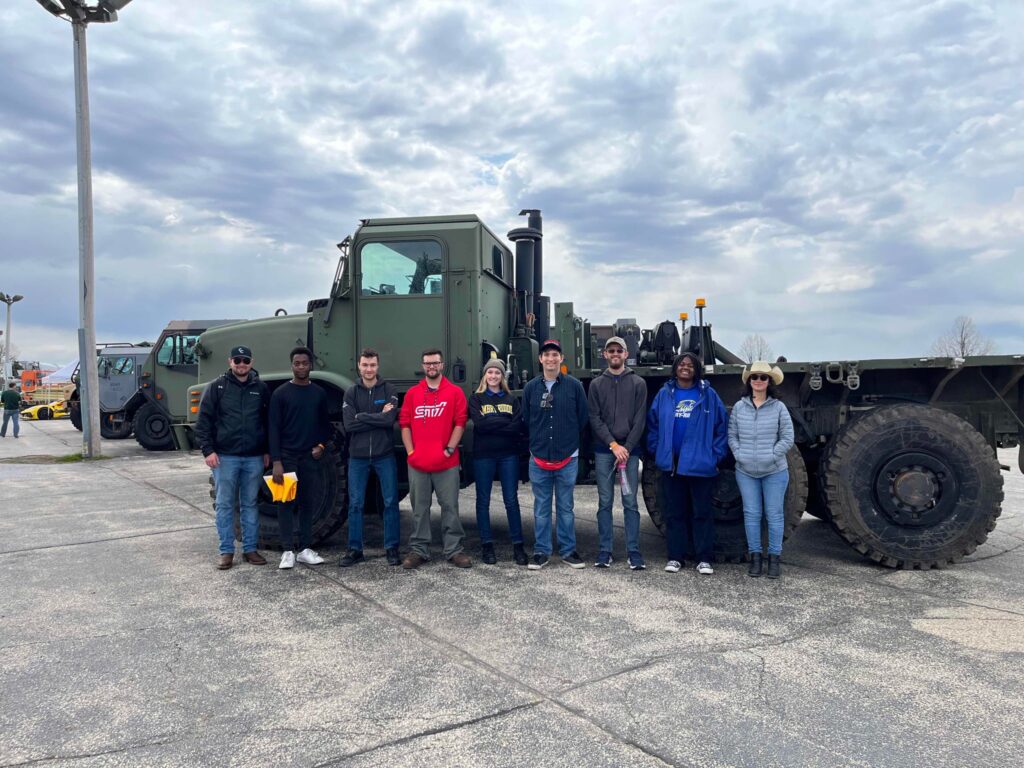
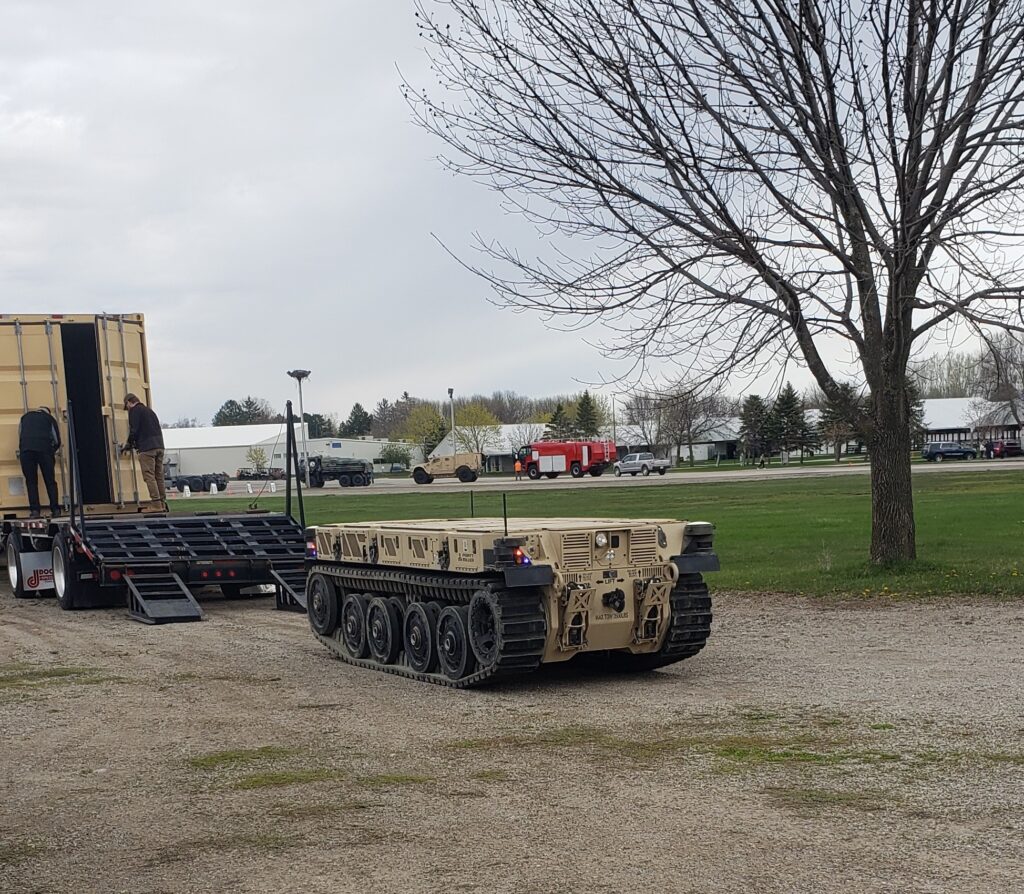
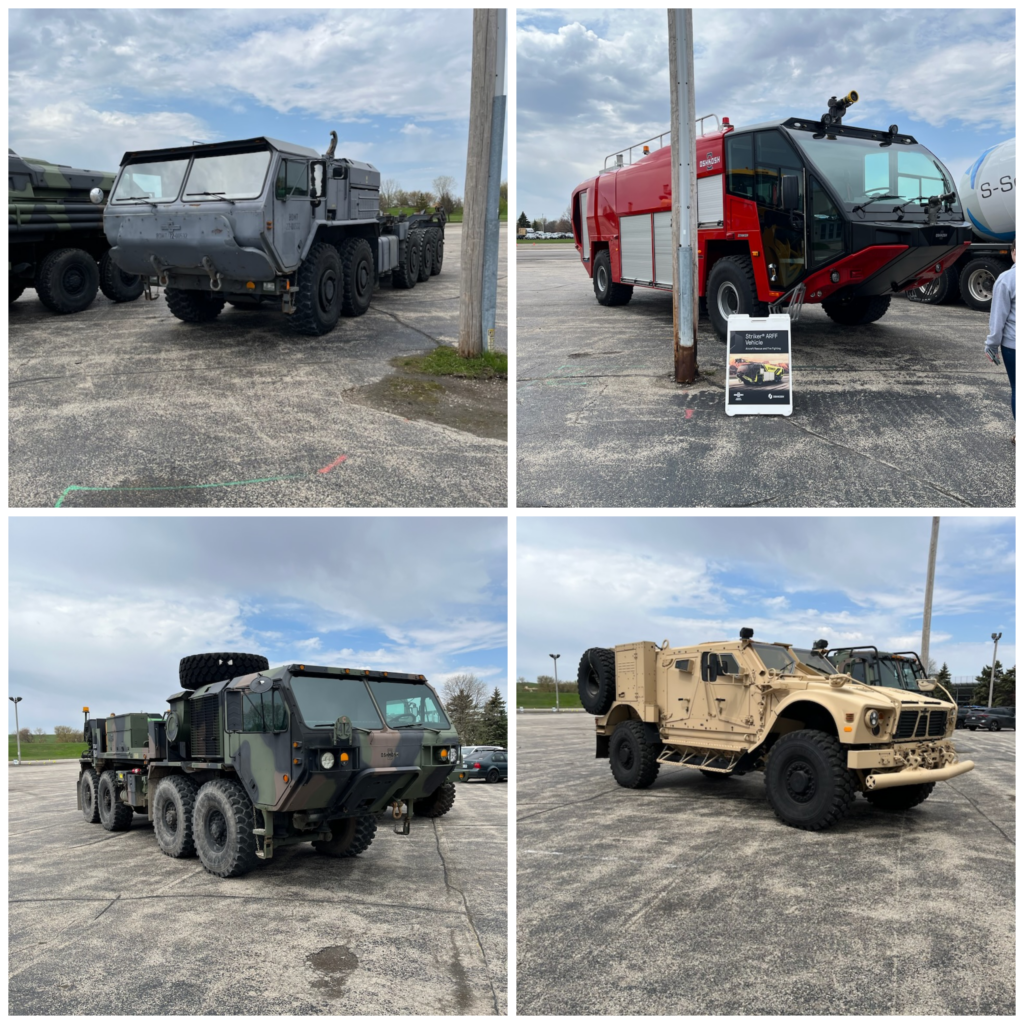
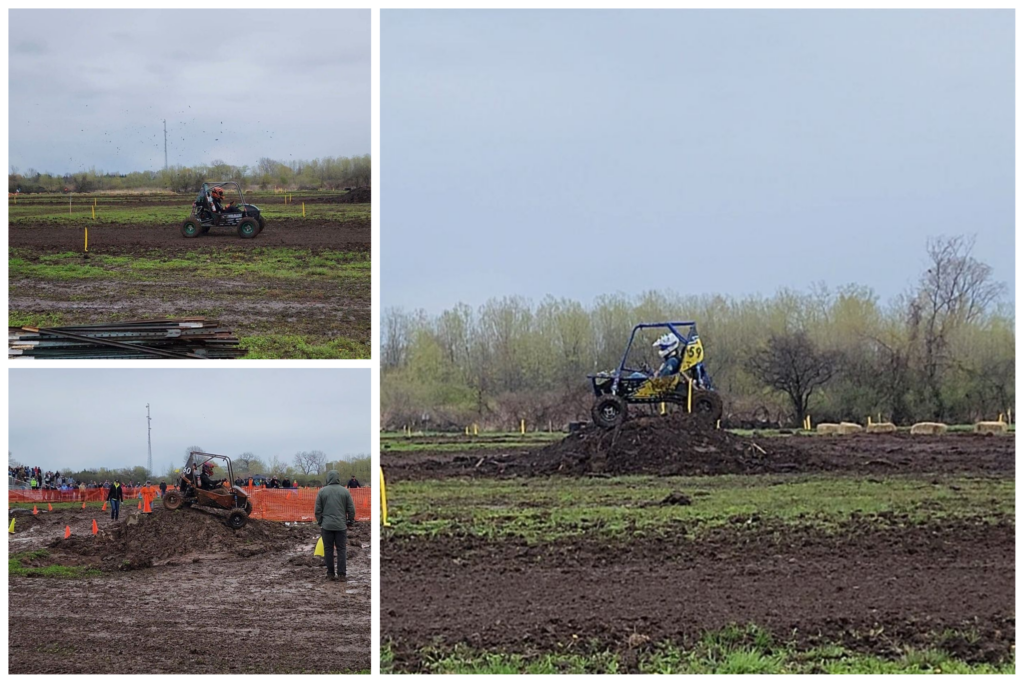
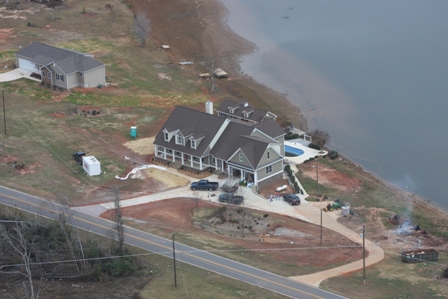 It is now crunch time for the Fall Semester. Finals are coming up and my free time is fading away! Luckily I only have two finals this year. After my last final on Tuesday December 13th I am hitting the road north to Georgia to spend some quality time with my family for Christmas. We finally moved into our new home over the Thanksgiving break. The house is looking great and I am very thankful for everything the Lord has done to help my family and I get through these rough times. Homes can be replaced, but a family can’t.
It is now crunch time for the Fall Semester. Finals are coming up and my free time is fading away! Luckily I only have two finals this year. After my last final on Tuesday December 13th I am hitting the road north to Georgia to spend some quality time with my family for Christmas. We finally moved into our new home over the Thanksgiving break. The house is looking great and I am very thankful for everything the Lord has done to help my family and I get through these rough times. Homes can be replaced, but a family can’t.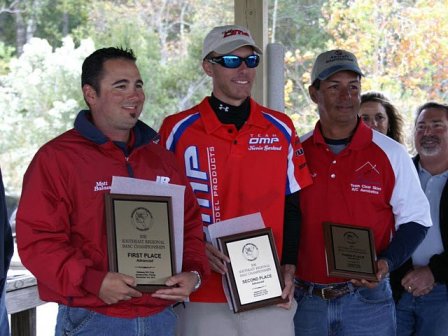 Lately I have not had much time to do any R/C Flying due to the lack of time I have these days. School and work is keeping me extremely busy. The first week of November we went to Jacksonville for the 2011 Regionals Competition. As I mentioned before this is the last contest of the year and the top ten pilots from each class was invited to the contest. I ended up finishing in 2nd place for the Advanced Class and 1st place in the Freestyle Class. I had some minor plane issues throughout the contest, but ended up finishing very well. The 2012 season is quickly approaching and the first competition is January 14-15. In Port St. Lucie, FL. I will be competing in the Unlimited class, which is the highest of the 5 classes offered.
Lately I have not had much time to do any R/C Flying due to the lack of time I have these days. School and work is keeping me extremely busy. The first week of November we went to Jacksonville for the 2011 Regionals Competition. As I mentioned before this is the last contest of the year and the top ten pilots from each class was invited to the contest. I ended up finishing in 2nd place for the Advanced Class and 1st place in the Freestyle Class. I had some minor plane issues throughout the contest, but ended up finishing very well. The 2012 season is quickly approaching and the first competition is January 14-15. In Port St. Lucie, FL. I will be competing in the Unlimited class, which is the highest of the 5 classes offered.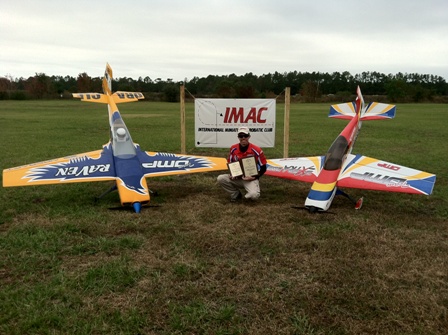 Well, that is about it for this month. School and work has been keeping me very busy, and it feels like I never stop! I go from 8 AM in the morning till 10 o ‘ clock at night every day! Hopefully once the Fall Semester ends things will slow down for me and I can enjoy flying R/C Aircraft and manned aircraft. I hope over the winter break to complete my CFI training so I can begin working as a Flight Instructor for Spring Semester of college.
Well, that is about it for this month. School and work has been keeping me very busy, and it feels like I never stop! I go from 8 AM in the morning till 10 o ‘ clock at night every day! Hopefully once the Fall Semester ends things will slow down for me and I can enjoy flying R/C Aircraft and manned aircraft. I hope over the winter break to complete my CFI training so I can begin working as a Flight Instructor for Spring Semester of college.